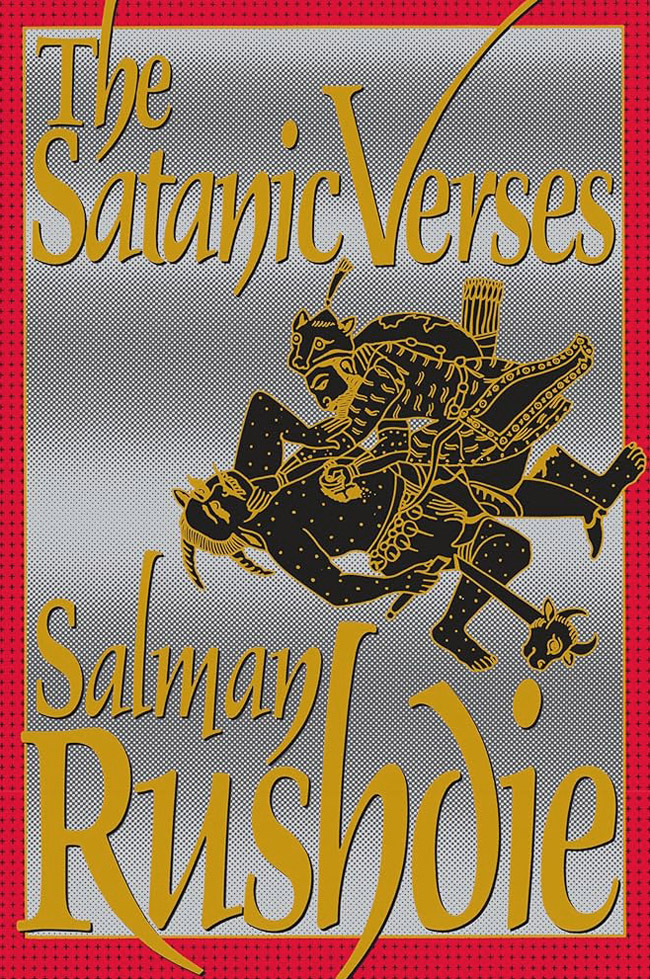
Most of what we read about dreams comes in books which are written by psychologists or psychotherapists and which discuss personal dream interpretation. But there are other sources, important sources of insight into the world of dreams besides such books, and these deserve much more attention than we usually give them. One of these is the field of the creative arts. In literature, drama, film, painting, music, and many other art forms we can discover fascinating and profound expressions of dream realities. Indeed, I doubt that we will ever achieve anything like a full understanding of dreaming until we learn more about dreams in works of art.
Certain biases have blocked us from learning here. Most frequently, skeptics charge that a dream in a novel or a film is just a fictionalized portrayal of a dream, and not a real dream. Along the same lines, many people argue that we can't properly interpret dreams in works of art since we don't have any actual person to ask for the crucial associations; without these, any interpretation we might make would have to be completely arbitrary.
Yet if we are ever to learn something about dreams from works of creative art, we will have to set these biases aside; we will have to make a wager that works of creative art can tell us something new about the world of dreams, and see what comes of it. A wager like this requires a couple of premises:
We will have to dismiss the idea that dreams in works of creative art aren't really dreams; this idea betrays the dominance of psychological and materialistic attitudes that limit our perceptions of what dreaming is to only that which is analyzed in the therapist's office or studied in the sleep laboratory. We will begin instead with the admission that we don't know in any final, exhaustive sense what dreams are.
We need to resist the impulse to impose reductionistic psychological theories on the dreams portrayed in works of creative art; in other words, we will try to look for more than Freudian sexual symbols or Jungian archetypes.
As much as possible, we will let the dreams in these works speak for themselves: we will ask the question, "What does this artistic work say about our dream experiences?" And then listen for an answer. In this brief space I would like to make such a wager with Salman Rushdie's novel The Satanic Verses. This is a fantastic, brilliant, exhilarating book whose virtues merit far more discussion than is possible in the present review. But even a brief look at the different ways The Satanic Verses portrays dreams and dreaming will, I believe, give an indication of how much works of creative art can teach us.
Dreams of the Novel's Characters.
The central plot of The Satanic Verses involves two Indian men who are struggling to reconcile the terrible conflicts between the ideals of the modern West and the deep-rooted traditions of their Indian homeland. For both of the two main protagonists these wrenching conflicts are played out directly in their dreams.
Gibreel Farishta is a famous movie star who portrays an almost infinite number of different Indian deities in religious films. After a nearfatal illness Farishta suddenly decides to flee India and his stardom there, but he's plagued by a series of terrifying dreams; in the dreams he is the Archangel Gibreel, and he finds himself continually called by, and unable to resist, spiritually powerful people who need aid and inspiration from heaven. One of these people is clearly an image of the Prophet of Islam, Muhammed; another is a sinister Imam very much like Ayatollah Khoemeini during his exile. It is as if Farishta's cheerful and carefree role-playing in the movies has suddenly taken on a frightening life of its own in his dreams: now he must contend with the true powers of gods, demons, and human spirituality, and he is completely helpless against them.
Saladin Chamcha is a voice artist who provides the voice overdubs for commercials and T.V. shows-everyone hears his voices, but no one knows who he is. He has vigorously rejected India, moving to London, changing his name, and affecting an English accent; but like Farishta, his attempts to flee India are challenged by his dreams. Much as he tries to deny them or reason them away, Chamcha's dreams again and again grab at his attention and force him to face the conflicts his anglophile persona is causing.
So what, if anything, do the experiences of these characters tell us about the nature of dreams? Even in these short descriptions we may see that Farishta's and Chamcha's dreams are important vehicles of memory, of what they have forgotten and of what they must remember. Their dreams are powerful, inescapably provocative, and absolutely real in the sense of having an impact on their lives; the dreams reconnect Farishta and Chamcha with their spiritual roots and indicate new meanings and possibilities, pointiing them towards the future.
Is any of this new, though? Don't we already know all this from our own dream experiences? Yes, but that's precisely the important point here: the dreams in The Satanic Verses are truly accurate portrayals of "actual" dreams. This answers the concern that dreams in works of art aren't like real dreams. In this novel the characters' dreams do have the qualities of our own dreams, and we do have enough associational material to make justified interpretations. The very fact that we find so many similarities between our dreams and these fictional dreams should embolden us to look for differences, for special aspects of the fictional dreams that may reveal new features of our own dreams.
Dream-Logic
The plot of The Satanic Verses often takes bizarre, fantastic twists which lead us far beyond the bounds of ordinary, day-to-day logic. For example, Farishta and Chamcha fall (exactly) 29,002 feet from an exploded airplane, and survive-and Chamcha still has his bowler hat on; soon after a halo gradually appears around Farishta's head, while Chamcha grows horns, hooves, a tail, and thick hair all over his increasingly goat-like body.
In these and many other ways the novel has what can best be described as a dream-logic: things that just couldn't happen in "real" life do happen in this story. Mr. Rushdie is writing here in the modern literary tradition known as Magical Realism.1 Writers in the Magical Realism movement share the conviction that ordinary prose is too limited, too familiar to describe adequately the bizarre and often horrifying realities of the 20th century. Thus, Rushdie writes of strange, incredible, unreal occurrences in The Satanic Verses precisely in order to express how strange and incredible the experiences of Indians in the modern world really are.
The Satanic Verses affirms the power of dreams to illuminate realities and convey meanings that ordinary rational awareness simply can't recognize on its own. But what is especially significant here is that Rushdie (and other Magical Realist writers) is using dreamlogic to describe not just personal, but social, communal experiences. The Satanic Verses addresses the nightmarish reality of a whole community struggling with the horrifying complexities of the modern West.
Here, then, is something new that this work of creative art teaches the individual dreamworker: dreams can disclose not only personal, but communal meanings as well, dreams can revive memories, highlight conflicts, and point towards the future possibilities of a people.
The Novel Itself as a Dream
Indeed, this notion of dreams and communal experiences can be extended to a view of The Satanic Verses as a whole: the novel is in many ways itself a communal dream. It is a work of imagination, apart from and yet related to waking reality, a special world which we enter through reading and which we share with all others who read it. This is a characteristic of all powerful works of art, from literature to film, that we experience them as we experience a dream-they pull us into their imagined realities, challenge us, move us, shake us up, and then return us to the "waking world" with new insights and understandings.
Perhaps this special kind of experience constitutes the essence of dreaming-the reveries occurring in our sleep involve more individual forms of this special experience, while works of art seek to stimulate the dreaming experience for a community. I would go even farther here, to suggest that The Satanic Verses is one of the most powerful and most real artistic dreams of recent times. Many literalistically-minded critics have been shocked at all the violence surrounding the book's publication. They cannot believe that people are getting so upset about a piece of fiction-~wen more inexplicably, about some dreams within a piece of fiction.
But millions of outraged Muslims know that The Satanic Verses is expressing real meanings and ideas that cut right to the heart of their religion. We must certainly deplore the riots, the deaths, and the threats against Rushdie. We must, however, at the same time not try to dismiss the Muslim world's uproar as an irrational reaction to a "mere novel". Insofar as The Satanic Verses is a dream in the full sense mentioned above, Muslims are reacting to something real and meaningful. We may utterly disagree with that reaction, but we should at least refrain from branding them as crazy for taking dreams so seriously.2
The Satanic Verses is a tremendous novel-funny, beautiful, poignant, thought-provoking, and hugely entertaining. It also happens to be one of the best works on the nature and meaning of dreams written in this century.
1 Other prominent writers in the Magical Realist tradition include Jorge Luis Borges, Gabriel Garcia Marquez, and Gunter Grass.
2 In recognizing works of art as embodying the essential qualities of dreaming, we quickly come up against the all-too neglected issue of dreams and ethics: we may have certain dream experiences (in our sleep or in a work of art) and we may perceive certain meanings in these experiences; but then, what guides us in acting upon those dream experiences? This is the ethical question which is called forth in all dream interpretations. The behavior of some Muslims in relation to The Satanic Verses is an example, I would argue, of an ethically reprehensible reaction to a dream.















